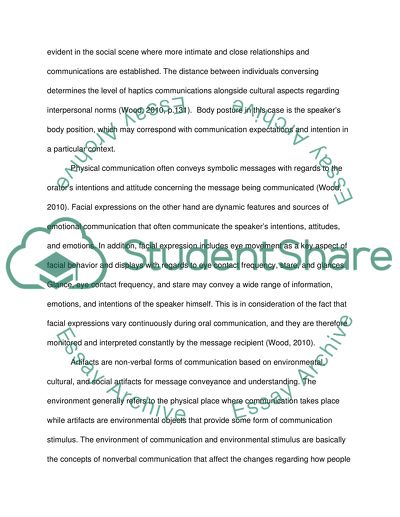Cite this document
(Computer-Supported Cooperative Work Term Paper Example | Topics and Well Written Essays - 1750 words, n.d.)
Computer-Supported Cooperative Work Term Paper Example | Topics and Well Written Essays - 1750 words. Retrieved from https://studentshare.org/information-technology/1445628-business-communication-ict
Computer-Supported Cooperative Work Term Paper Example | Topics and Well Written Essays - 1750 words. Retrieved from https://studentshare.org/information-technology/1445628-business-communication-ict
(Computer-Supported Cooperative Work Term Paper Example | Topics and Well Written Essays - 1750 Words)
Computer-Supported Cooperative Work Term Paper Example | Topics and Well Written Essays - 1750 Words. https://studentshare.org/information-technology/1445628-business-communication-ict.
Computer-Supported Cooperative Work Term Paper Example | Topics and Well Written Essays - 1750 Words. https://studentshare.org/information-technology/1445628-business-communication-ict.
“Computer-Supported Cooperative Work Term Paper Example | Topics and Well Written Essays - 1750 Words”, n.d. https://studentshare.org/information-technology/1445628-business-communication-ict.


